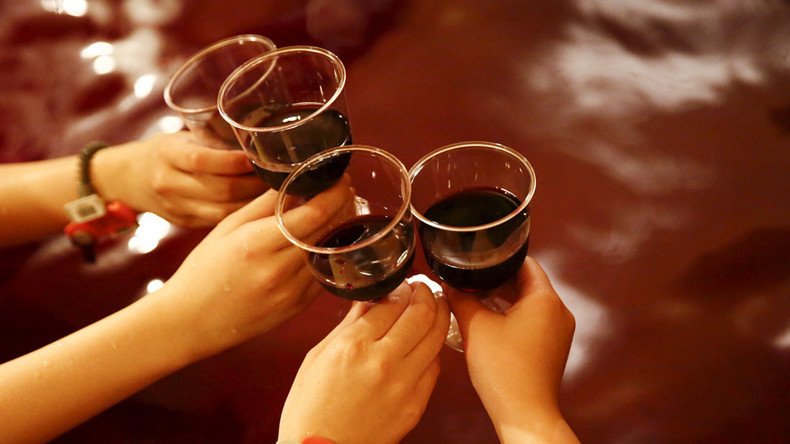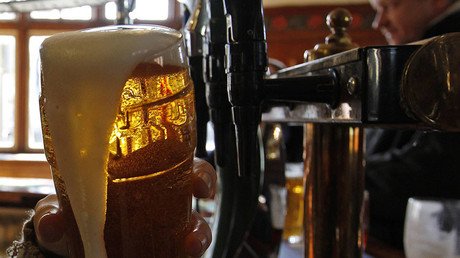Blame it on the brain! Scientists find ‘switch’ responsible for binge drinking

People who struggle with enjoying just one alcoholic drink may be able to blame binging on their brain’s wiring: Scientists say they discovered a mechanism which determines both how much alcohol a person drinks, and how much they’re able to tolerate.
Researchers from Washington State University (WSU), Oregon Health and Science University, and the US Veterans Administration Portland Health Care System made their discovery while studying two mice named D2 and B6.
Mouse D2 was the responsible kind of mouse who knew his limits and could stop at just one or two drinks. After that, he had trouble staying on a rotating cylinder.
“He won’t drink much,” David Rossi, a WSU assistant professor of neuroscience, said in a statement. “At most he’ll have one or two drinks.”
But the B6 mouse was the party animal mouse – the kind of mouse you wouldn’t want to bring home to your parents.
B6 also had a much greater tolerance, managing to stay on the rotating cylinder after drinking three times as much as D2. That amount is “beyond the drunk driving limit,” Rossi said.
“It mirrors the human situation,” said Rossi. “If you're sensitive to the motor-impairing effects of alcohol, you don't tend to drink much. If you're not sensitive, you drink more.”
The reason behind the difference can be found in the cerebellum of the brain, in small neurons called granule cells. Sitting on top of those cells are proteins called GABAA receptors which act like “traffic cops” for electrical signals in the nervous system. They suppress the firing of neurons, or brain circuits, when activated.
However, alcohol can enhance GABAA receptor signaling and reduce firing in the brain, which is why it reduces anxiety and social inhibitions. But it can also be the cause behind drunken mannerisms such as swaying, stumbling, and slurred speech.
“You’re inhibiting the circuit that executes normal motor function,” said Rossi.
The researchers also found that when the B6 mouse drank, the GABAA receptors were suppressed, whereas in the D2 mouse, they were not.
To test their theory, the researchers injected a drug called THIP into the cerebellum of the B6 mouse. This artificially activated the GBAA receptor, mimicking the effect alcohol had on the D2 mouse. This deterred the B6 mouse from drinking.
Rossi and his colleagues say the new finding highlights a new region and new targets that can be manipulated to “deter excessive alcohol consumption, potentially with fewer side effects than other existing targets.”
However, the THIP drug has so far only been tested in mice, and will need further testing before it can be considered for use in humans.













